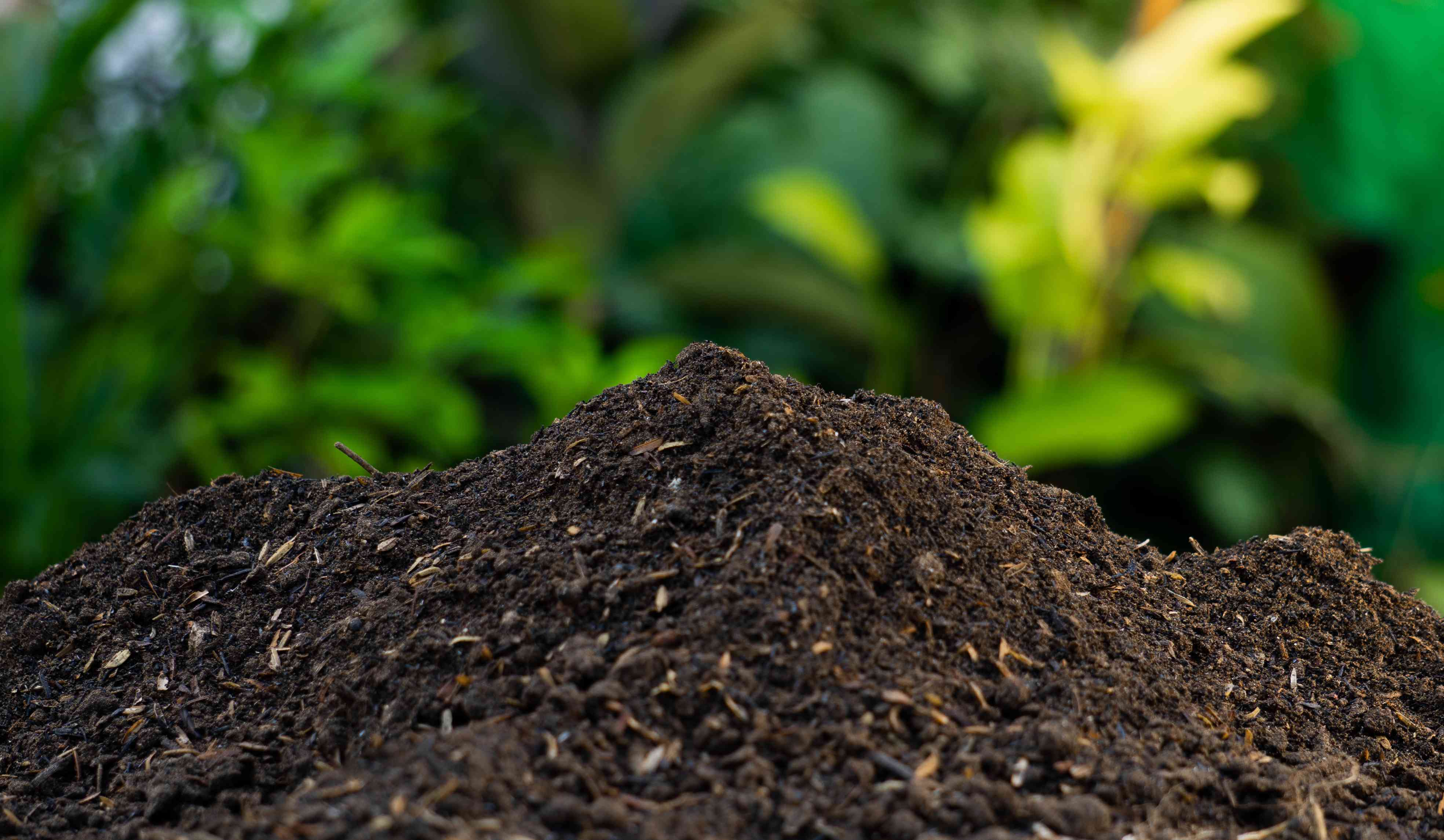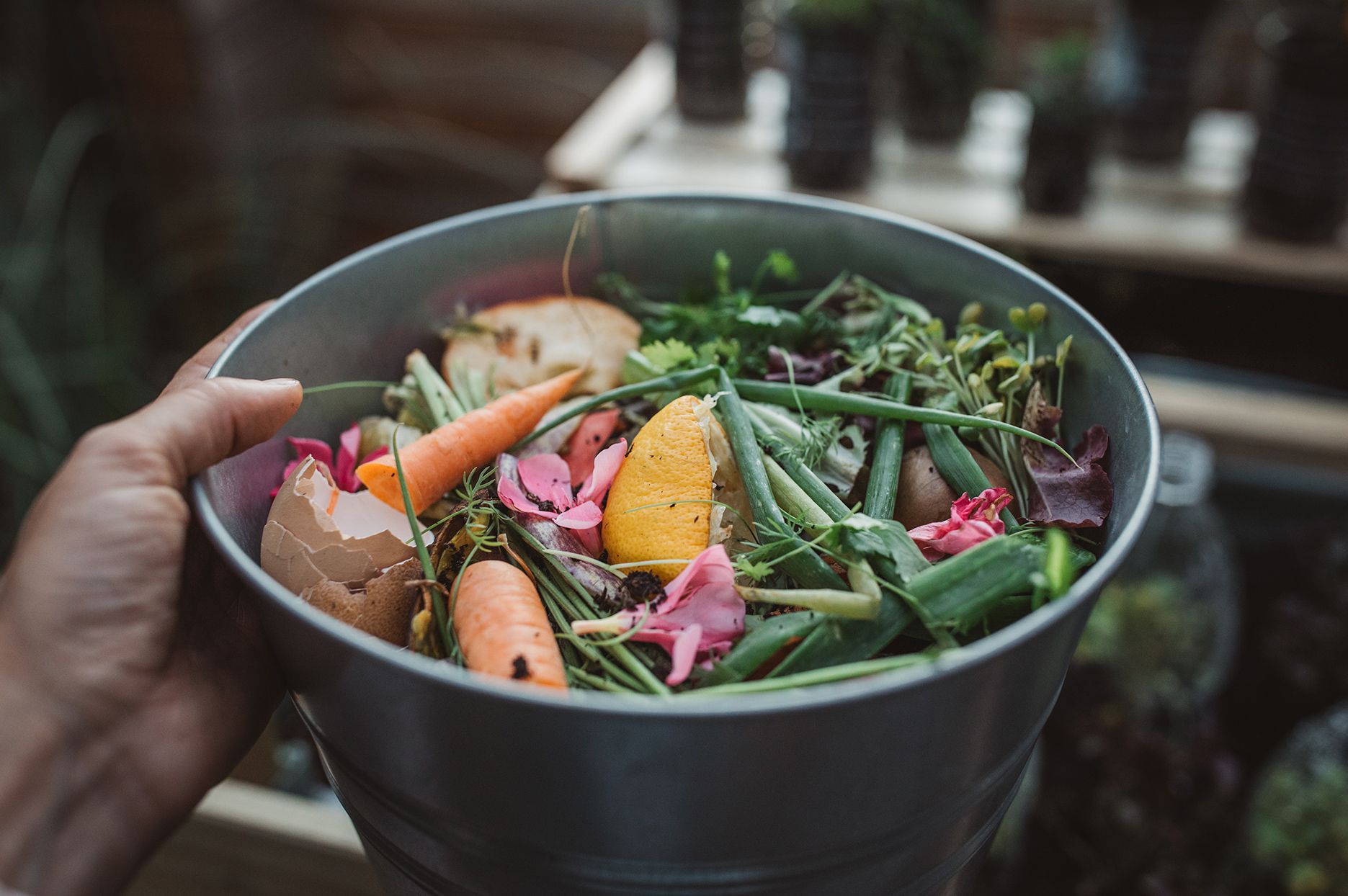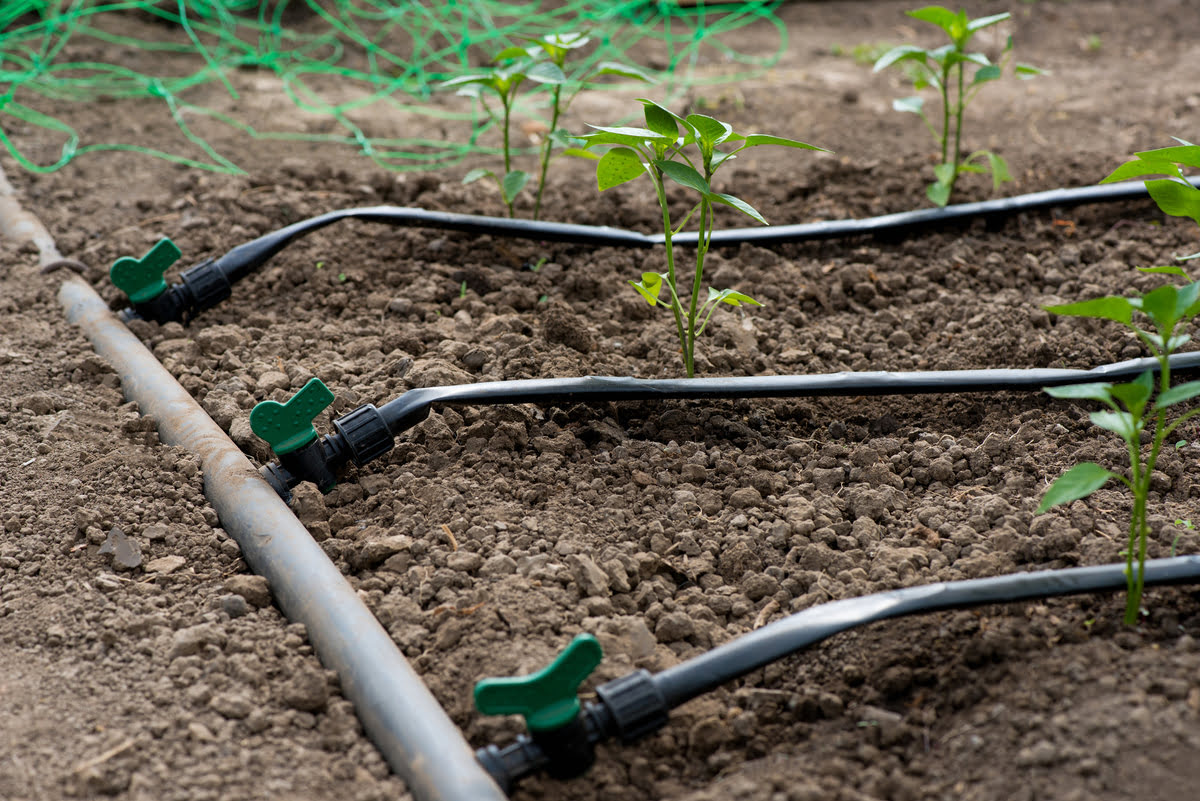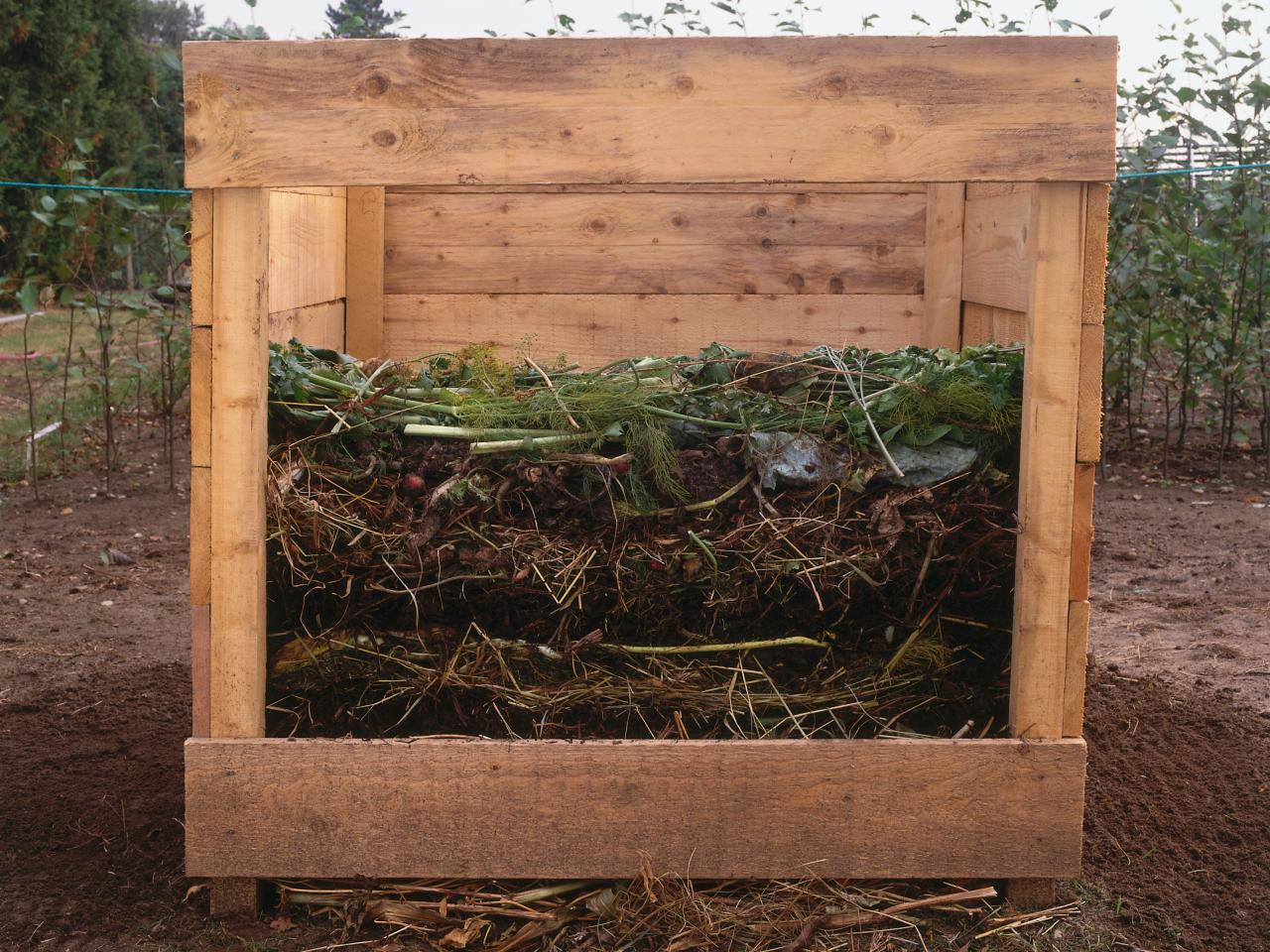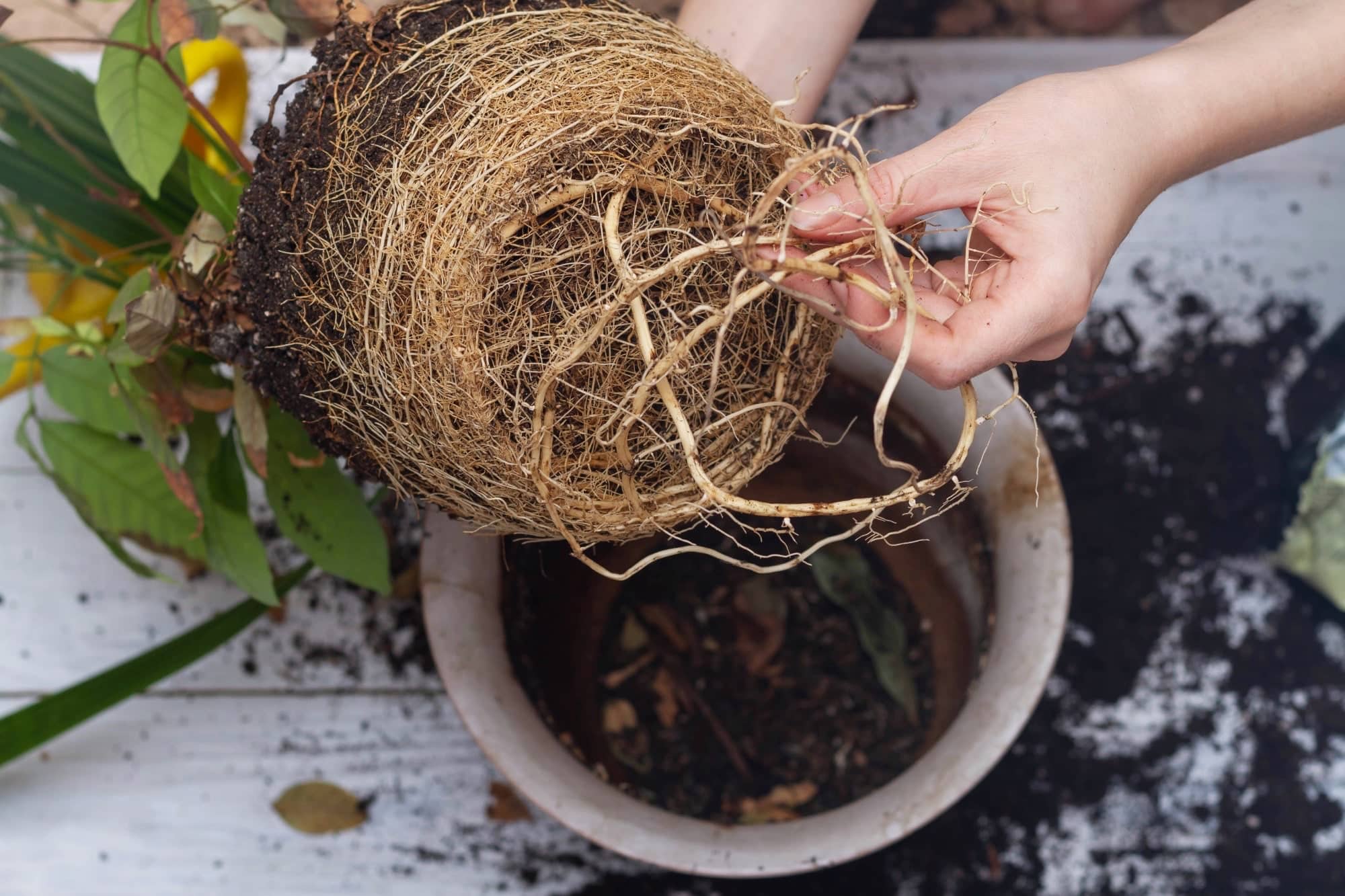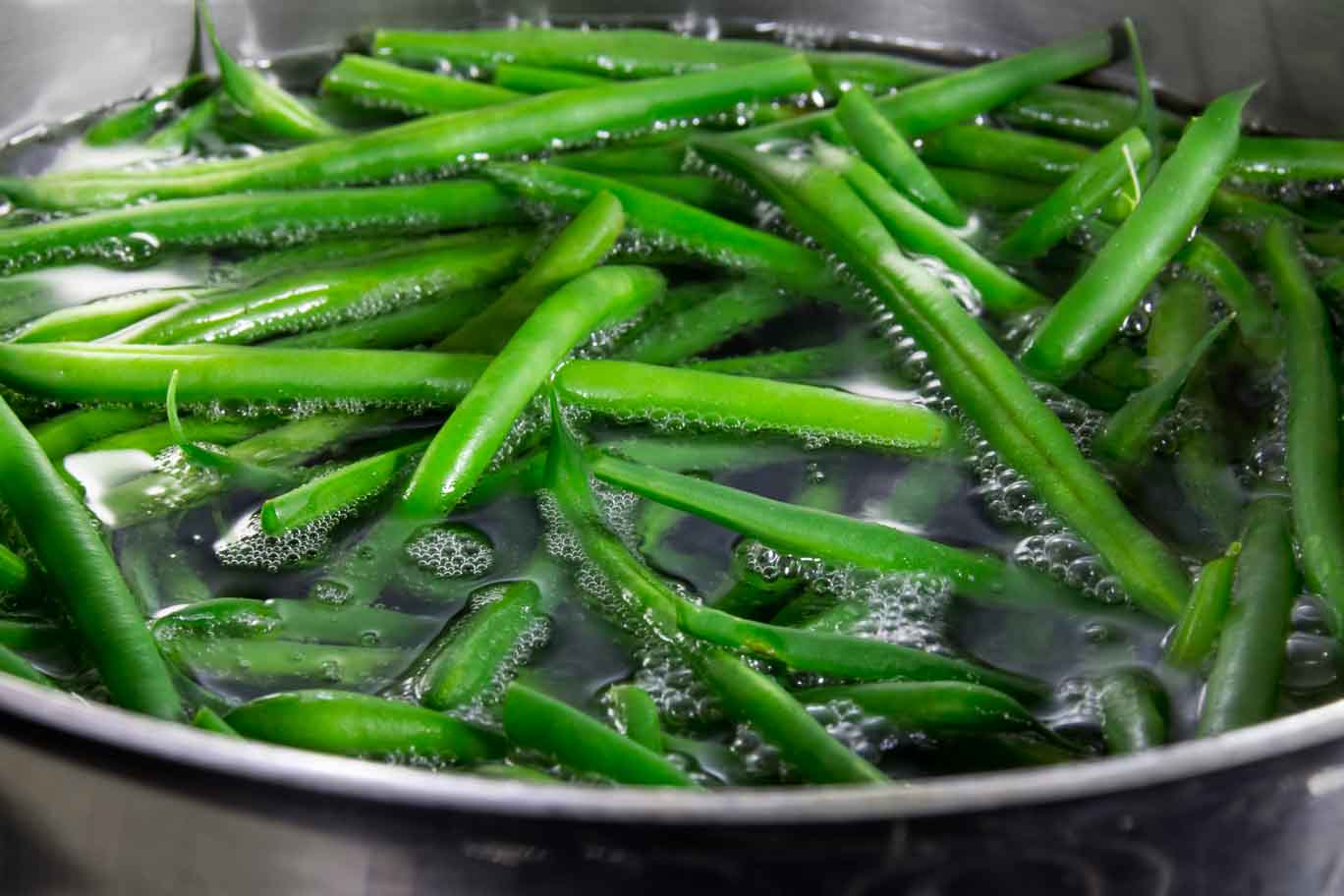Home>Gardening Tips and Tricks>Eco-Friendly Gardening>Why CanT You Compost Meat


Eco-Friendly Gardening
Why CanT You Compost Meat
Modified: January 22, 2024
Learn about eco-friendly gardening and why composting meat can be a challenge. Discover sustainable practices for a greener garden.
(Many of the links in this article redirect to a specific reviewed product. Your purchase of these products through affiliate links helps to generate commission for Chicagolandgardening.com, at no extra cost. Learn more)
Table of Contents
Introduction
Welcome to the wonderful world of eco-friendly gardening! As gardening enthusiasts, we understand the importance of sustainable practices in nurturing our green spaces. A key aspect of this approach is composting, which involves reusing organic waste to create nutrient-rich soil for our plants to thrive.
Composting has gained popularity in recent years due to its numerous environmental benefits. By diverting kitchen and garden waste from landfills, we can significantly reduce methane emissions, a potent greenhouse gas. Additionally, composting allows us to minimize our reliance on chemical fertilizers, contributing to healthier soils and reducing pollution in our waterways.
However, when it comes to composting, there are certain materials that many gardeners are unsure about—including meat. While fruit and vegetable scraps, coffee grounds, and yard trimmings are commonly composted, questions arise regarding the decomposition of meat waste and the impact it may have on the composting process.
In this article, we will delve into the nitty-gritty of composting and explore the reasons why meat is not typically recommended for compost piles. We will also discuss alternative methods of disposing of meat waste in an eco-friendly manner. So, if you’ve ever wondered why you can’t compost meat, read on to discover the answers and learn how you can take greener steps in your gardening journey.
The Basics of Composting
Before we delve into the specifics of composting meat, let’s first understand the basics of composting in general. Composting is a natural process that converts organic matter into a nutrient-rich soil amendment known as compost. It involves creating the perfect environment for microorganisms, such as bacteria and fungi, to break down the materials into a stable and beneficial end product.
To start a compost pile, you’ll need a combination of green and brown materials. Green materials, such as fruit and vegetable scraps, coffee grounds, and grass clippings, provide nitrogen and moisture to the compost. Brown materials, such as dried leaves, straw, and wood chips, provide carbon and help maintain airflow. It’s important to maintain a balance between these two components to ensure optimal decomposition.
To facilitate the composting process, you should also consider the size of the materials. Chopping or shredding larger items into smaller pieces will speed up decomposition and create a more uniform mixture. Turning the compost pile regularly helps to aerate it, ensuring that the microorganisms have enough oxygen to thrive.
Composting is a versatile practice that can be adapted to various scales and preferences. Whether you choose a traditional compost pile, a compost bin, or a tumbler, the process remains the same – breaking down organic waste into nutrient-rich compost that can be used to improve the health and fertility of your garden soil.
What can be composted
When it comes to composting, a wide variety of materials can be composted to create nutrient-rich soil. Understanding what can and cannot be composted is essential for maintaining a healthy decomposition process and avoiding issues such as odors and pests in your compost pile.
In general, most fruit and vegetable scraps can be composted. This includes peels, cores, stems, and even spoiled or damaged produce. Coffee grounds and tea bags are also great additions to your compost pile. These organic materials provide nitrogen, moisture, and other essential nutrients that promote decomposition.
Alongside kitchen waste, yard trimmings can also be composted. This includes grass clippings, leaves, branches, and small twigs. Woody materials may take longer to break down, but they contribute valuable carbon to the compost pile, balancing out the nitrogen-rich kitchen scraps.
Other organic materials that can be composted include eggshells (crushed), shredded newspaper, cardboard, and sawdust (from untreated wood). These materials add structure to the pile and help with moisture retention. Avoid glossy or colored paper, as they may contain toxins that are harmful to your plants and soil.
While the list of compostable materials is extensive, there are certain items that should be kept out of the compost pile. These include meat and fish scraps, dairy products, fats and oils, pet waste, and diseased plant material. These items can attract pests, produce unpleasant odors, and potentially spread pathogens or disease to your garden.
Remember, the key to successful composting is maintaining a balanced mixture of green and brown materials, managing moisture levels, and ensuring proper aeration. By composting a variety of organic materials, you can create nutrient-rich soil amendments that will benefit your garden and reduce your environmental footprint.
The Problems with Composting Meat
Composting is an excellent way to manage kitchen and garden waste, but when it comes to composting meat, there are several challenges that arise. Meat and other animal products present unique issues that can hinder the composting process and even pose potential health risks.
One of the primary problems with composting meat is the attraction of pests. Meat scraps and bones are highly appealing to animals such as rodents, raccoons, and flies. These pests can be difficult to control once they discover a compost pile containing meat waste. Not only can they make a mess, but they may also spread diseases or pathogens from the meat to your garden.
Another concern with composting meat is the potential for foul odors. As meat decomposes, it releases strong and unpleasant smells. These odors can permeate the air around your compost pile and create a nuisance for you and your neighbors. Additionally, if not managed properly, the decomposing meat can produce harmful bacteria and contribute to the growth of harmful pathogens.
Composting meat also poses a risk of unbalanced compost. Meat has a high nitrogen content, which can disrupt the delicate balance of carbon and nitrogen in your compost pile. Too much nitrogen from meat waste can result in an excessively wet and slimy compost pile that does not break down properly. This can lead to a lack of oxygen and hinder the activity of beneficial microorganisms, causing the compost pile to become anaerobic and emit even stronger odors.
Furthermore, composting meat often requires higher temperatures to effectively break down the proteins and fats. While some commercial composting facilities may reach these temperatures, most home compost piles do not generate enough heat to adequately decompose meat waste. This can result in the meat rotting instead of fully breaking down, leading to a longer decomposition process and potential health hazards.
Considering these challenges, it is best to avoid composting meat in your home compost pile to maintain a healthy and efficient composting system. However, there are alternative methods for disposing of meat waste in an eco-friendly manner, which we will explore in the next section.
The Effects of Composting Meat
Composting meat can have various effects on the composting process and the final quality of the compost. Understanding these effects is crucial in making informed decisions about composting practices and ensuring the best outcomes for your garden.
One notable effect of composting meat is the potential for imbalanced nutrient ratios. As mentioned earlier, meat is high in nitrogen, which can upset the carbon-to-nitrogen (C:N) ratio in your compost pile. If the C:N ratio becomes too skewed towards nitrogen, it can lead to a slower decomposition process and a less favorable environment for beneficial microorganisms. This imbalance can result in a compost pile that takes longer to break down and may not provide the desired nutrient content for your plants.
Composting meat can also introduce harmful bacteria and pathogens into your compost pile. Meat waste can contain bacteria such as E. coli and Salmonella, which can survive the composting process if not exposed to high enough temperatures. These pathogens can then be transferred to your garden through the use of the compost, potentially causing health issues for you and your plants.
In addition to the potential health risks, composting meat can contribute to foul odors in your compost pile. Meat scraps have a high protein and fat content, which can result in strong and unpleasant smells as they decompose. These odors can be difficult to manage and may attract unwanted pests to your compost pile.
Lastly, composting meat waste may require higher temperatures to effectively break down proteins and fats. While commercial composting facilities often reach these temperatures through precise control and management, home compost piles typically don’t generate enough heat. This means that meat waste may not fully break down, leading to longer decomposition times and the potential for rotting material.
Considering these effects and potential challenges, it’s advisable to avoid composting meat in your home compost pile. Instead, explore alternative methods of disposing of meat waste in an environmentally friendly way, which we will discuss in the next section.
Alternative Ways to Dispose of Meat Waste
While composting meat may not be recommended, there are still eco-friendly options for disposing of meat waste. Here are some alternative methods you can consider:
1. Bokashi composting: Bokashi is a fermentation process that breaks down organic waste, including meat and dairy, using beneficial microorganisms. Bokashi bins or buckets are airtight systems where you can layer meat waste with a special bokashi bran. This process eliminates odors and produces a nutrient-rich liquid that can be used as a fertilizer. Once the fermentation process is complete, you can bury the fermented waste in the soil or add it to a traditional compost pile to finish decomposing.
2. Vermicomposting: Vermicomposting is a method of composting that utilizes worms to breakdown organic waste. While worms may not consume meat scraps as quickly as other materials, they can still process small amounts of meat waste. It’s important to feed them small portions and bury the meat scraps deep in the worm bin to prevent odors and attract fewer pests.
3. Municipal composting: Check if your local municipality offers a composting program that accepts meat waste. Some cities have commercial composting facilities that can handle a wider range of organic materials, including meat. By participating in these programs, you can ensure that your meat waste is managed in an environmentally responsible manner.
4. Freezing and recycling: Consider freezing meat waste and recycling it in designated compost collection services. Some regions have specialized facilities that can handle organic waste, including meats, to produce compost on a larger scale.
5. Pet food or wildlife feeding: If it’s safe for consumption, you can use meat waste as a treat for your pets or wildlife. However, it’s important to consult with a veterinarian or wildlife expert to ensure that the meat is suitable for the animals and won’t cause any harm.
Remember, whichever method you choose, it’s essential to handle meat waste correctly to avoid attracting pests and prevent potential health risks. Be mindful of local regulations and guidelines regarding waste disposal to ensure you’re following the proper protocols.
By exploring these alternative methods, you can effectively manage your meat waste while still prioritizing sustainable practices and minimizing your environmental impact.
Conclusion
In conclusion, while composting is an essential practice for eco-friendly gardening, composting meat poses unique challenges and risks. Meat waste attracts pests, can create foul odors, and may introduce harmful bacteria or pathogens to your compost pile. It can also disrupt the balance of nutrients and require higher temperatures to decompose effectively. Therefore, it is generally recommended to avoid composting meat in your home compost pile.
However, that doesn’t mean there aren’t alternative methods for disposing of meat waste in an environmentally friendly way. Options such as bokashi composting, vermicomposting, utilizing municipal composting programs, freezing and recycling, or using meat waste as pet food or wildlife feed can still contribute to reducing food waste and promoting sustainability.
By understanding the basics of composting, knowing what can and cannot be composted, and adapting our practices to minimize waste, we can create healthier gardens and contribute to a cleaner environment. Remember to always consider the impact of your choices and strive for sustainable solutions in your gardening journey.
So, as you embark on your eco-friendly gardening adventure, be conscious of the waste you produce and make informed decisions about how to handle it responsibly. Together, we can make a significant difference in reducing food waste, minimizing our ecological footprint, and cultivating thriving gardens that promote a greener future.

